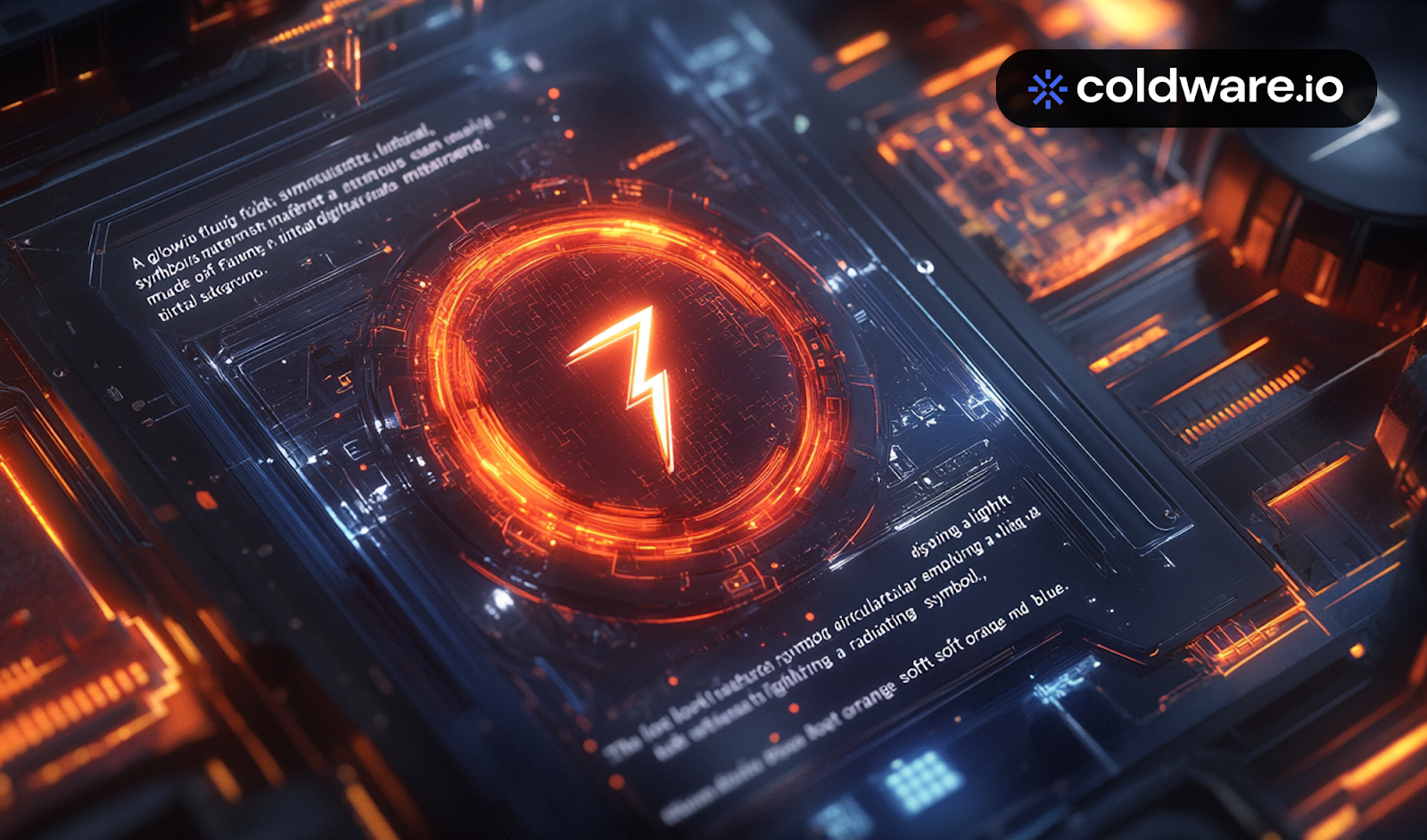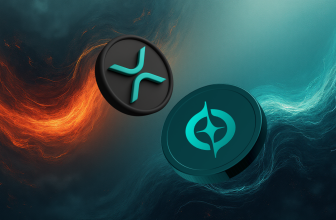
The cryptocurrency space has been making headlines in 2025, with some surprising movers in the market. Among the standout performers, Coldware (COLD) has emerged as a dominant force in Real-World Asset (RWA) tokenization, positioning itself as a strong competitor to major cryptocurrencies. Pi Network (PI), which was once thought to be the future of mobile blockchain, has faced setbacks that have led investors to look for more promising alternatives, such as Coldware (COLD).
In this article, we will explore why Coldware (COLD) has become a major contender, how it compares to Pi Network (PI), and why it is set to disrupt not only the cryptocurrency market but also industries traditionally dominated by tech giants like Apple.

What you'll learn 👉
Coldware (COLD) – A Leader in RWA Tokenization
Coldware (COLD) is taking the world by storm with its focus on Real-World Asset (RWA) tokenization. While Pi Network (PI) has struggled with its centralization issues and failed partnerships, Coldware (COLD) has flourished by providing tangible, blockchain-backed solutions for real-world assets. As traditional markets embrace decentralized finance (DeFi) solutions, Coldware (COLD) is leading the charge in bridging the gap between crypto and physical assets.
The market for RWA tokenization is rapidly growing, and Coldware (COLD) is uniquely positioned to take full advantage of this trend. Pi Network (PI) may have been initially hyped as a new blockchain-based solution, but it has failed to live up to the promise, with the value of Pi (PI) plummeting significantly in recent months. On the other hand, Coldware (COLD) has not only maintained its position in the market but has grown exponentially due to its innovative approach to asset tokenization.
Pi Network (PI) Struggles with Centralization
While Coldware (COLD) embraces decentralization, Pi Network (PI) continues to grapple with major structural issues. The Pi Network has faced criticism for its centralized control, as the core team holds a substantial percentage of the Pi (PI) supply. This has led many to question the true decentralization of the project.
On the other hand, Coldware (COLD) has implemented a transparent, decentralized approach, offering RWA tokenization that integrates with traditional finance. As more investors shift away from Pi Network (PI) due to its centralization, Coldware (COLD) is attracting attention as the next big thing in blockchain.
How Coldware (COLD) Is Shaping the Future of DeFi
Coldware (COLD) is far from just another altcoin. With its focus on tokenizing real-world assets, it brings a tangible use case to blockchain technology. By allowing investors to securely tokenize real estate, commodities, and other physical assets, Coldware (COLD) is revolutionizing the way people interact with the financial system. This makes Coldware (COLD) a much-needed breakthrough for blockchain adoption in traditional sectors—something Pi Network (PI) has failed to achieve despite initial hype.
Unlike Pi Network (PI), which has struggled with user migration, Coldware (COLD) is designed to be an integral part of a growing decentralized finance ecosystem. The growing demand for RWA tokenization indicates that Coldware (COLD) is poised for long-term success as more institutional players enter the market.
Coldware (COLD) vs. Pi Network (PI): Why COLD Is Winning
As Pi Network (PI) continues to face mounting issues, Coldware (COLD) is emerging as a winner in the cryptocurrency market. Pi Network (PI)’s promise of mobile blockchain integration has fallen flat due to its centralized nature and inability to live up to its hype. On the contrary, Coldware (COLD) has demonstrated the true potential of blockchain technology by tokenizing real-world assets, making crypto more accessible to a broader audience.
The rise of Coldware (COLD) has been accelerated by its ability to offer RWA tokenization solutions that are both scalable and secure. Investors are now flocking to Coldware (COLD), realizing that it offers a much more viable, decentralized alternative to Pi Network (PI).
Will Coldware (COLD) Be the Start of the RWA Revolution?
With blockchain adoption accelerating, the need for RWA tokenization solutions is more pressing than ever. Coldware (COLD) is not only leading this charge but also positioning itself to reshape industries from real estate to commodity trading. As the market increasingly shifts toward decentralized solutions, Coldware (COLD) is set to revolutionize finance in ways Pi Network (PI) could never manage.
The tokenization of real-world assets is expected to grow rapidly, and Coldware (COLD) is at the forefront of this trend. Pi Network (PI), meanwhile, remains stuck in a cycle of failed announcements and missed opportunities, unable to deliver on its promises. As Coldware (COLD) continues to grow, it will undoubtedly set the stage for broader adoption of blockchain technology in traditional finance.
What’s Next for Coldware (COLD)?
As Coldware (COLD) continues to develop its RWA tokenization platform, its future looks incredibly bright. Pi Network (PI), on the other hand, continues to struggle with a lack of transparency and its centralized control. For investors looking to invest in the future of blockchain technology, Coldware (COLD) offers the opportunity to get in on the ground floor of a major industry shift.
With Coldware (COLD) providing real-world utility, transparency, and decentralized access to blockchain, it is set to become a leader in the DeFi space. Investors looking for the next big thing in the world of blockchain should look no further than Coldware (COLD), as it is poised to disrupt the industry and bring RWA tokenization to the mainstream.
For more information on the Coldware (COLD) Presale:
Visit Coldware (COLD)
Join and become a community member:
DISCLAIMER: CAPTAINALTCOIN DOES NOT ENDORSE INVESTING IN ANY PROJECT MENTIONED IN SPONSORED ARTICLES. EXERCISE CAUTION AND DO THOROUGH RESEARCH BEFORE INVESTING YOUR MONEY. CaptainAltcoin takes no responsibility for its accuracy or quality. This content was not written by CaptainAltcoin’s team. We strongly advise readers to do their own thorough research before interacting with any featured companies. The information provided is not financial or legal advice. Neither CaptainAltcoin nor any third party recommends buying or selling any financial products. Investing in crypto assets is high-risk; consider the potential for loss. Any investment decisions made based on this content are at the sole risk of the readCaptainAltcoin is not liable for any damages or losses from using or relying on this content.







